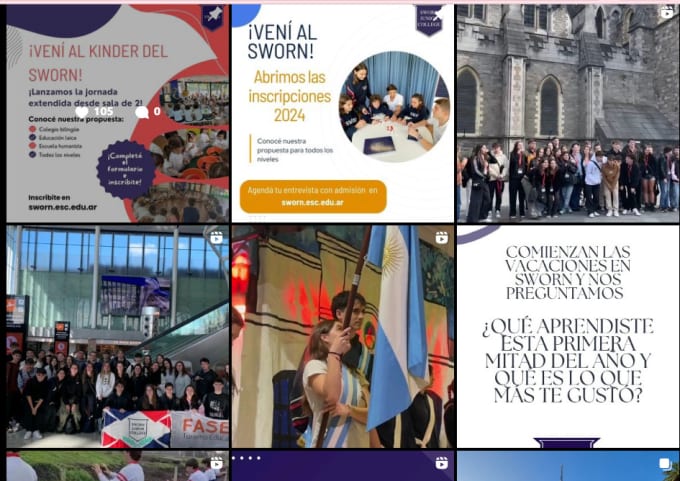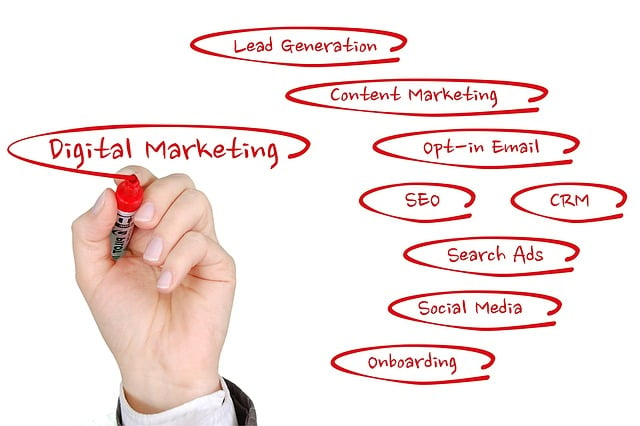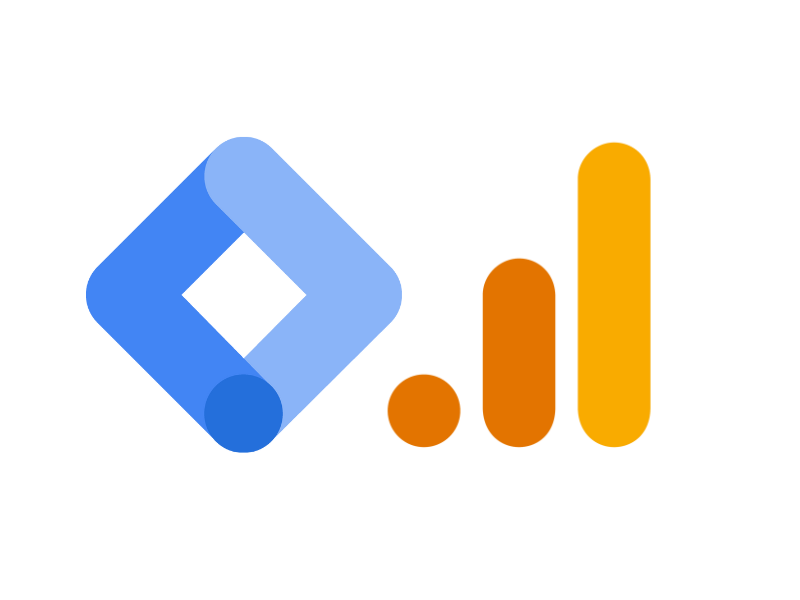Digital advertising leverages online channels to promote products or services. It targets specific audiences through various digital platforms.
Embracing the digital era, advertising has transformed from traditional billboards to dynamic online campaigns. Brands and businesses now connect with consumers where they spend much of their time: on the internet. Digital advertising encompasses a spectrum of activities including search engine marketing (SEM), social media ads, mobile and video marketing, as well as display ads.
This versatility allows for highly personalized and measurable marketing strategies that can reach potential customers at different stages of the buying process. With analytics and data insights, digital ads provide real-time feedback, enabling advertisers to tweak campaigns for better performance. The effectiveness of digital advertising lies in its ability to engage with audiences in a targeted, cost-effective, and interactive manner, ensuring that marketing budgets are not just spent, but invested in reaching the right people.
The Evolution Of Digital Advertising
The world of advertising has undergone a remarkable transformation. Digital advertising now dominates the marketing landscape. This journey from print ads to advanced digital campaigns reflects innovation and change. Let’s explore how digital advertising has evolved over the years.
From Banners To Big Data
The first banner ad hit screens in 1994, a simple yet revolutionary step for digital marketing. Since then, the use of big data in advertising has shaped the industry. Marketers and advertisers can now target audiences more precisely than ever.
- 1994: First banner ad created by AT&T.
- 2000s: Advent of Google AdWords and SEO.
- 2010s: Social media advertising takes off.
- 2020s: Personalization peaks with data analytics.
The Shift To Mobile Platforms
Smartphones have become central to our daily lives. This shift has compelled advertisers to think mobile-first. In-app ads, mobile-optimized websites, and SMS marketing are now crucial for reaching audiences.
| Year | Mobile Advertising Milestone |
|---|---|
| 2007 | Launch of the first iPhone. |
| 2010 | Mobile ad spending increases significantly. |
| 2015+ | Responsive design becomes a must. |
Social media platforms have also optimized their sites for mobile users. Here’s why the shift to mobile is important:
- High user engagement on mobile devices.
- Location-based targeting through mobile.
- Instant transactions with mobile payments.

Credit: blog.hubspot.com
Setting Clear Objectives
For digital advertising success, setting clear objectives is key. This step ensures campaigns push in the right direction. Clear goals give focus and make measuring impact easier.
Identifying Target Audiences
Knowing who you’re talking to is crucial. Let’s look at who needs to hear your message.
- Demographics: Age, gender, income levels.
- Interests: Hobbies, entertainment choices, personal life.
- Behaviors: Online activity, past purchases, brand interactions.
- Location: Target by region, city, or even neighborhood.
We carve out your ideal audience with precision—no guesswork—just data-driven decisions.
Defining Conversion Goals
What does success look like? Choose the actions that matter most.
| Type of Conversion | Examples |
|---|---|
| Sales Goal | Product purchases |
| Lead Generation | Form submissions, sign-ups |
| Engagement | Shares, comments, likes |
| Brand Awareness | Ad views, website visits |
Set measurable goals to track progress and make changes quickly.
Embracing Social Media Advertising
Embracing Social Media Advertising unlocks the power of digital connections. Brands turn to
these platforms to engage with audiences. It’s where dynamic content and strategic targeting foster growth.
From global names to local shops, social media ads matter.
Leveraging Facebook And Instagram Ads
Two giants in social media, Facebook and Instagram, offer unique advantages.
- Facebook: Focus on detailed demographics for precision targeting.
- Instagram: Captivate users with visually stunning content and Stories.
These platforms use powerful algorithms. They help businesses reach the right eye.
| Platform | Features | Benefits |
|---|---|---|
| Custom Audiences, Lookalike Audiences | Maximize reach, drive sales | |
| High Engagement, Influencer Partnerships | Increase brand awareness, promote authenticity |
Exploring Emerging Platforms Like Tiktok
TikTok is the new frontier. It’s reshaping digital ads with short videos.
- Young audiences are plentiful.
- Brands can create viral, shareable content.
Create ads that don’t feel like ads. Engage with fun, creative videos.
Watch your brand go viral on TikTok.

Credit: www.fiverr.com
Mastering Search Engine Marketing (SEM)
In a world where digital presence is quintessential, mastering Search Engine Marketing (SEM) has become necessary for businesses. SEM helps companies appear to the right audience at a perfect time. A robust SEM strategy ensures higher visibility, driving more traffic and potential leads to your website. Learn how to balance SEO efforts with Pay-Per-Click (PPC) campaigns and develop keyword strategies for maximum reach.
Balancing SEO With PPC
SEO and PPC are complementary strategies that, when used together, can significantly enhance online visibility. SEO focuses on organic search results, while PPC involves paid adverts to reach the target audience. Balancing both methods enables consistent traffic from both organic and paid channels. The key lies in analyzing performance data and adjusting strategies to maintain an optimal balance. Appropriate allocation of budget and resources ensures a well-rounded SEM approach.
- SEO: Long-term strategy, building authority, and organic ranking.
- PPC: Immediate results, targeted ads, and budget control.
Keyword Strategies For Maximum Reach
Selecting the right keywords is crucial for both SEO and PPC campaigns. Keywords should align with user intent and business objectives. They drive the search engine algorithms to bring relevant traffic to your website. For maximum reach, it is essential to use a mix of broad, exact, phrase, and negative keywords. This strategy helps to cover various search queries and minimize unnecessary ad spend. Tools like Google Keyword Planner and SEMrush simplify the research process.
| Type of Keyword | Use Case |
|---|---|
| Broad | Reaching a wider audience |
| Exact | Targeting specific search queries |
| Phrase | Matching exact phrases in searches |
| Negative | Excluding irrelevant traffic |
Remember to analyze and update your keyword list regularly. This practice helps to stay ahead in the ever-evolving search landscape.
The Power Of Content Marketing
The Power of Content Marketing lies in attracting and engaging audiences with valuable information. Good content marketing can transform browsers into buyers and customers into loyal brand ambassadors. By providing high-quality and relevant content, businesses can establish trust and authority in their industry. This leads to increased visibility, traffic, and ultimately, sales.
Creating Engaging Content
Attractive and informative content captivates your audience. Here are essential strategies:
- Know your audience: Tailor content to their interests and needs.
- Tell a story: Use storytelling to connect emotionally with readers.
- Include visuals: Break text with images and videos for better engagement.
- Be consistent: Regular posts keep your audience coming back for more.
- Optimize for search: Use keywords naturally for better search engine rankings.
Using Analytics To Refine Strategy
Analyzing performance data ensures your content hits the mark:
- Review metrics like views, shares, and time on the page to gauge interest.
- Assess conversion rates to see if content leads to customer action.
- Adjust topics and formats based on what performs best.
- Use A/B testing to fine-tune headlines, images, and calls to action.
Continuous analysis helps tailor your strategy for maximum impact.
Investing In Video Marketing
Video marketing stands at the forefront of digital advertising strategies. Brands recognize its power to engage and convert. Investing in video marketing is not just trendy; it’s practically essential. High-quality videos tell stories, showcase products, and connect with audiences in ways that other media formats cannot compete with.
H3 Heading: Producing Impactful Video Content
Producing Impactful Video Content
Creating videos that resonate with viewers demands more than just a camera and an idea. Strategic planning, storytelling, and high production values are key to ensuring that your video content makes an impact.
- Know your audience: Tailor content to their interests and preferences.
- Tell a story: Keep viewers hooked with a compelling narrative.
- Focus on quality: Use high-resolution visuals and clear sound.
Using these principles leads to captivating video content that people remember and share.
H3 Heading: Maximizing Visibility on YouTube and Beyond
Maximizing Visibility On YouTube and Beyond
With millions of hours of video watched daily, YouTube remains vital for visibility. Yet, it’s just one piece of the puzzle. Expanding reach through various channels ensures maximum impact.
A well-optimized video can climb YouTube rankings and reach a larger audience. Using SEO-friendly titles, descriptions, and tags helps viewers find your content.
Don’t stop with YouTube. Share your videos across social platforms and your website. Each platform offers a unique audience ready to engage with your content:
| Platform | Audience Type | Content Strategy |
|---|---|---|
| Broad, diverse groups | Engaging, shareable content | |
| Young, visual-oriented | Short, eye-catching videos | |
| Professionals, B2B | Educational, industry-focused content |
A multi-platform strategy ensures your video content reaches its potential audience everywhere.
Navigating Programmatic Advertising
In the fast-paced digital world, programmatic advertising stands out. It’s like having a smart assistant that puts your ads in the right spot, at the right time. By using computers to buy ads, you can reach your audience more effectively. Let’s dive into the exciting journey of navigating through the landscape of programmatic advertising.
Understanding Real-time Bidding
Real-Time Bidding (RTB) is a digital auction, happening in milliseconds. When someone clicks on a website, RTB kicks in. Ad spaces on the site go to the highest bidder. Your ad shows up if you win.
- Bidders are advertisers like you.
- They bid for ad space in a blink.
- The best bid wins the space.
- Ads reach viewers who matter most.
The Importance Of Ad Verification
Ad verification is your checkpoint. It makes sure your ad shows up safe and sound. It checks a lot of boxes:
- It fights fraud. Keeps the bad guys out.
- Protects your brand. Your ad won’t show in bad places.
- Tracks your ads. You’ll know where they’ve been.
- Guarantees views. Real people see your ads, not robots.
With these tools, your digital advertising can soar. Your brand stays safe, and your message reaches the right eye.
Email Marketing: An Oldie But Goodie
Think email marketing is past its prime? Think again! This digital marketing strategy still packs a powerful punch. It’s direct, cost-effective, and boasts impressive engagement rates. With the right approach, it can work wonders for your brand.
Crafting Personalized Campaigns
Personalization is key in today’s inbox. It’s not about sending the same email to everyone. Unique content that speaks to your customer’s needs wins the game. Use data like past purchases, location, and browsing history to tailor your messages.
- Segment your list: Create email groups based on user behavior.
- Customize offers: Send relevant deals to different segments.
- Address recipients by name: It’s simple but effective.
A/b Testing For Better Results
To improve your email strategies, test and learn. A/B testing, also known as split testing, compares two versions of an email. It helps to understand what works best.
- Pick one variable to test, like subject lines or call-to-action buttons.
- Send version “A” to one part of your list and version “B” to another.
- Analyze the results to see which version nails the higher open rates or click-throughs.
Analytics And Measurement
In the dynamic realm of Digital Advertising, Analytics, and Measurement form the backbone of every successful campaign. By understanding and leveraging the data, advertisers can tailor their strategies for optimal performance. But how exactly does one transform raw data into a goldmine of insights?
Interpreting Data For Actionable Insights
The key to thriving in the digital ad space is interpreting analytics. It’s not just about numbers; it’s about reading the story they tell. This narrative can influence crucial decisions. A spike in website traffic could mean your latest campaign hit the mark, while a dip might suggest it’s time for a strategy pivot.
- Understanding audience behavior leads to better targeting.
- Conversion rates highlight effective calls to action.
- Identify patterns to predict future trends.
Tools For Tracking Success Metrics
Effective tools are indispensable for tracking success metrics. Using the right software, you can unlock the full potential of your data, ensuring that no insight goes unnoticed.
| Tool | Purpose | User-Friendly Score |
|---|---|---|
| Google Analytics | Overall site and traffic analysis | 4/5 |
| SEMrush | SEO and ad campaign progress | 3.5/5 |
| Hotjar | User behavior and heatmaps | 4.5/5 |
Aligning with the right tools empowers focused campaign adjustments and sustained growth.
Staying Ahead: Adapting To New Trends
Keeping up with digital advertising trends is no easy feat. Trends shape the future of advertising. Succeeding in this fast-paced digital world requires a sharp eye. Anticipate changes, and adapt swiftly. Stay updated. Try new tech. Reach audiences in innovative ways. Let’s explore how to harness these evolving trends today.
Voice Search Optimization
Optimize for voice search to ensure visibility. Why? Voice searches are on the rise. People talk to their devices. They ask questions. It’s convenient. It’s growing. Here’s how to adapt:
- Understand natural language: People speak differently than they type. Use long-tail keywords that mimic speech patterns.
- Be conversational: Create content that answers questions. Imagine speaking directly to your audience.
- Local SEO: Many voice searches are local. If you have a physical location, make sure it shows up in local search results.
Incorporating Augmented Reality
Augmented Reality (AR) is reshaping ads. AR creates engaging experiences. It brings products to life. See a product in your space before buying, all thanks to AR. Adapt and engage:
- Interactive ads: Create ads that let users interact with your products through their screens.
- Enhance shopping: Use AR to provide virtual try-ons. It boosts confidence in purchase decisions.
- Storytelling: Tell stories through AR experiences. Make memorable connections with your audience.
Remember: Tech keeps changing. Adapting is key. Stay ahead. Keep innovating. Engage with your audience through voice search and AR.

Credit: www.facebook.com
Frequently Asked Questions Of Digital Advertising
What Is Meant By Digital Advertising?
Digital advertising involves promoting products or services online using methods like social media ads, search engine marketing, and banner ads on websites. It targets audiences through various digital channels and devices.
What Are The 4 Main Types Of Digital Advertising?
The four main types of digital advertising are display advertising, search engine marketing (SEM), social media advertising, and native advertising. Each varies in format, platform, and strategy.
What types of Digital Ads Are Most Effective?
The most effective digital ads vary by audience and goal but generally, search ads and social media ads offer robust targeting and high conversion rates. Video ads also experience increasing engagement and effectiveness.
What Is The Difference Between Digital Advertising And Marketing?
Digital advertising involves paid online promotions, such as PPC and social media ads. Marketing encompasses a broader strategy, including both paid and organic activities to build brand awareness and customer relationships.
Conclusion
Navigating the landscape of digital advertising can be daunting, yet it’s imperative for business growth. Embracing the strategies discussed offers a competitive edge. Effective campaigns hinge on understanding and leveraging these insights. As we continuously adapt to the digital evolution, staying informed is key to success.
Invest in these techniques to shape your brand’s future.



